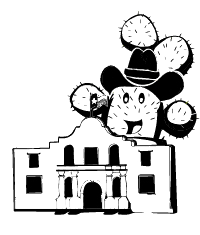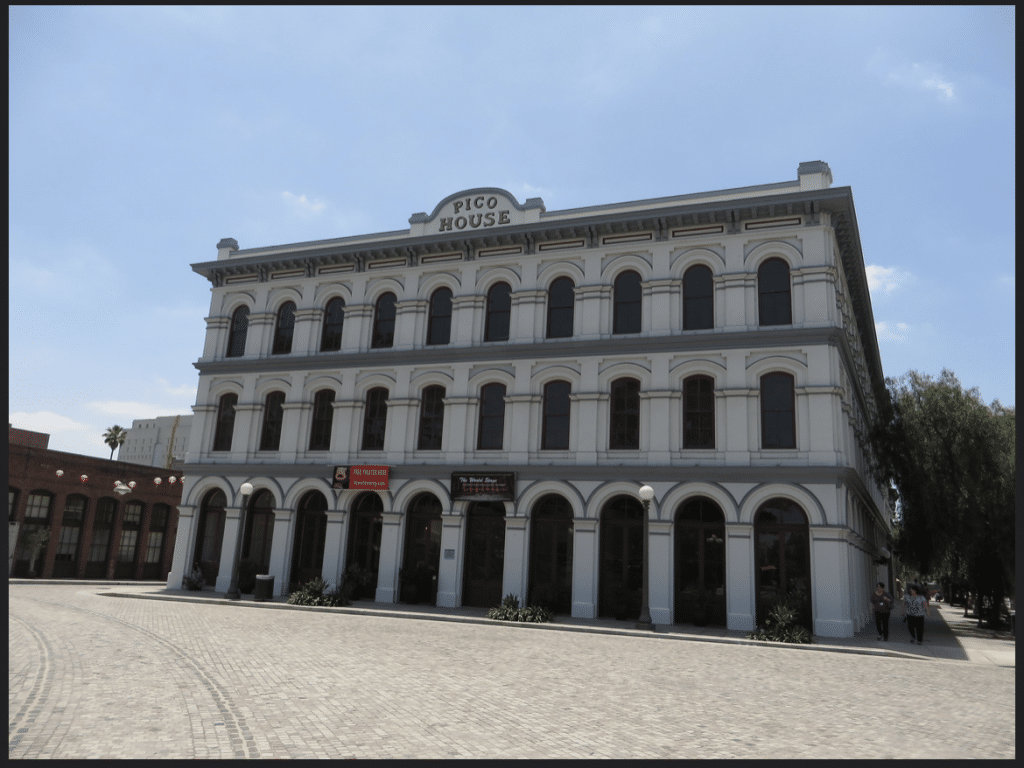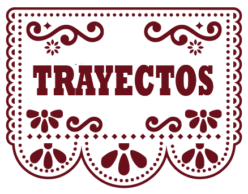 Let’s talk about El mundo tejano
Let’s talk about El mundo tejano
The purpose of this section is to highlight different aspects (e.g., music, people, places, art, food, etc.) of the Hispanic community in Texas through thematic readings and/or videos, images, and tasks. If you are not in Texas, and you want to focus on your local/state community, you can adapt this section by resorting to the many open resources that can be found through the Creative Commons search page (if you are not sure how to use it, please check out our page on the topic: How to use Creative Commons). Note that there are other ways to find open materials; however, based on our experience, we recommend that you start with the Creative Commons search page.
We suggest that you use the texts in El mundo tejano as skeletons for your own work. For example, to introduce your state, you only have to change names and information and include the corresponding attribution:
“In the sections of ____________, you will learn about the cultural features of Hispanic ________. The objective is to broaden your knowledge of the unique ways in which the Hispanic community has contributed to this state. In this module, the information will be in English, but as you progress in your learning process, more Spanish will be incorporated. What do you know about the Hispanic population in your hometown? How has Hispanic culture influenced your home city?”
Then, you can highlight historical places, important people and/or important places. For example, if you are using Trayectos to teach Spanish in Los Angeles you can talk about “Pico House.” You can start with an introduction (this text was found through Creative Commons):
“Pico House is a historic building in Los Angeles, California, dating from its days as a small town in Southern California. Located on 430 North Main Street, it sits across the old Los Angeles Plaza from Olvera Street and El Pueblo de Los Angeles Historic Monument…” (Text in https://en.wikipedia.org/wiki/Pico_House, licensed under CC BY-SA 2.0.)
And you can translate it/adapt it to español:
“La Casa Pico (Pico House) es un edificio histórico en Los Ángeles. Este lugar es parte de la ciudad vieja de Los Ángeles y está en la calle 430 North Main. Esta casa también está cerca de la zona de la calle Olvera y del monumento histórico de “El Pueblo de Los Ángeles”.” (Text adapted from original in https://en.wikipedia.org/wiki/Pico_House, licensed under CC BY-SA 2.0.)
Then, you can add an image:

Attribution: Pico House, Los Angeles, California, by Ken Lund, licensed under CC-BY SA 2.0.
And you can adapt our comprehension and research activities to match the content of your sections. ¡Sí se puede!
Next:

